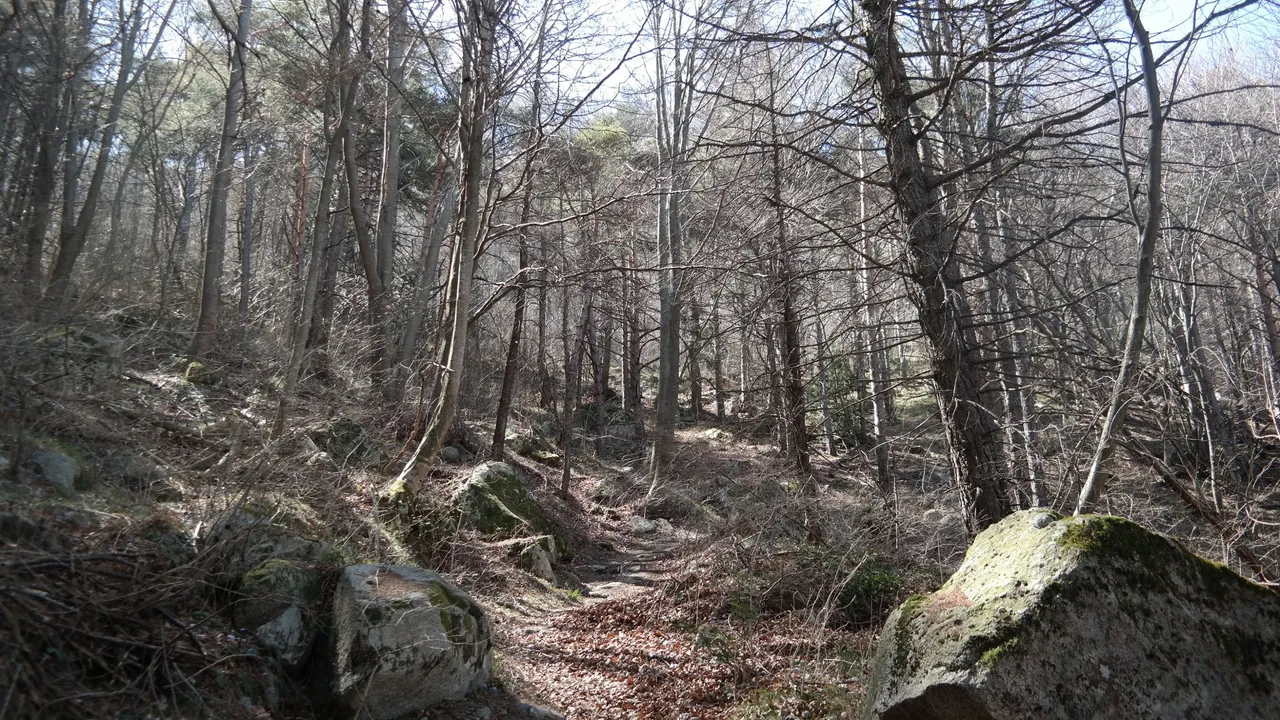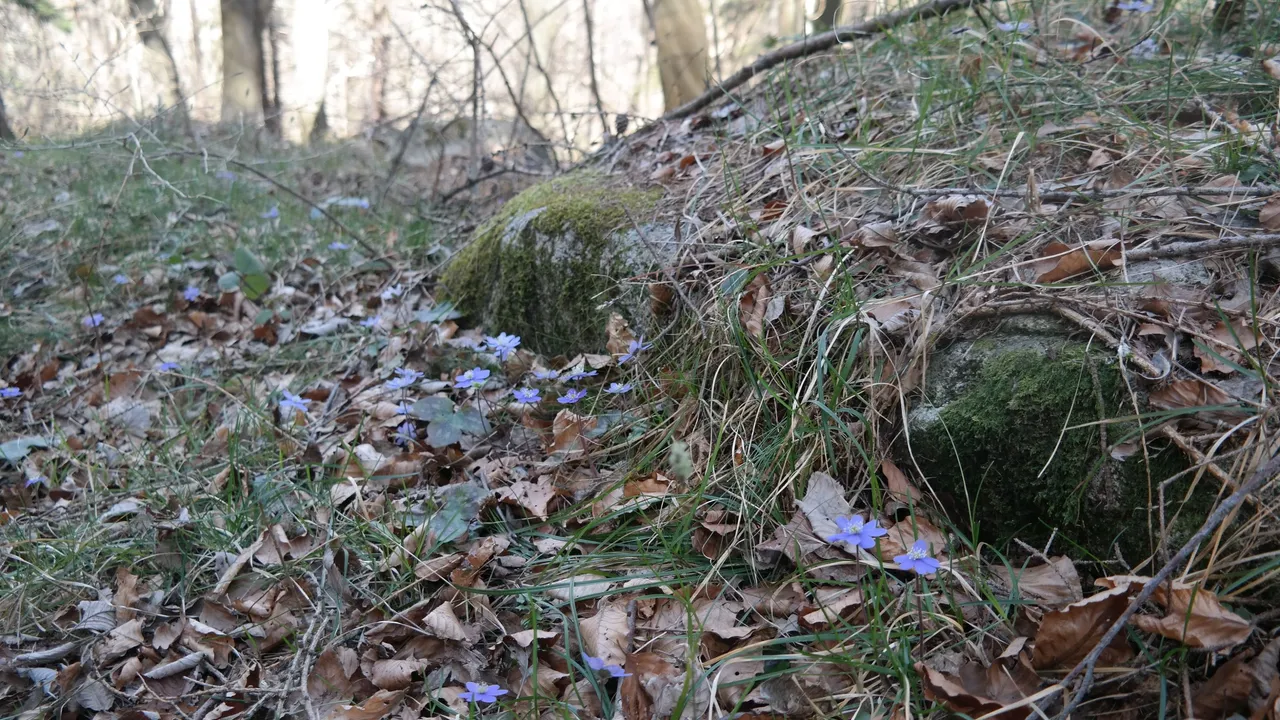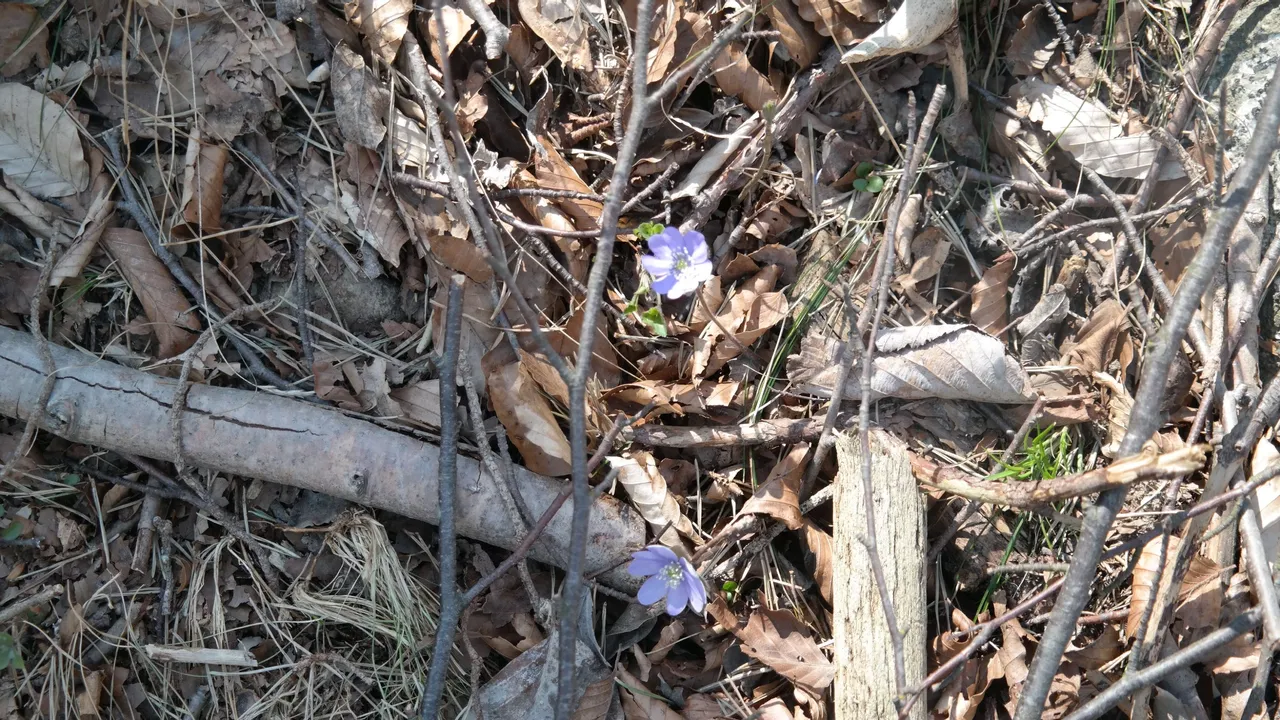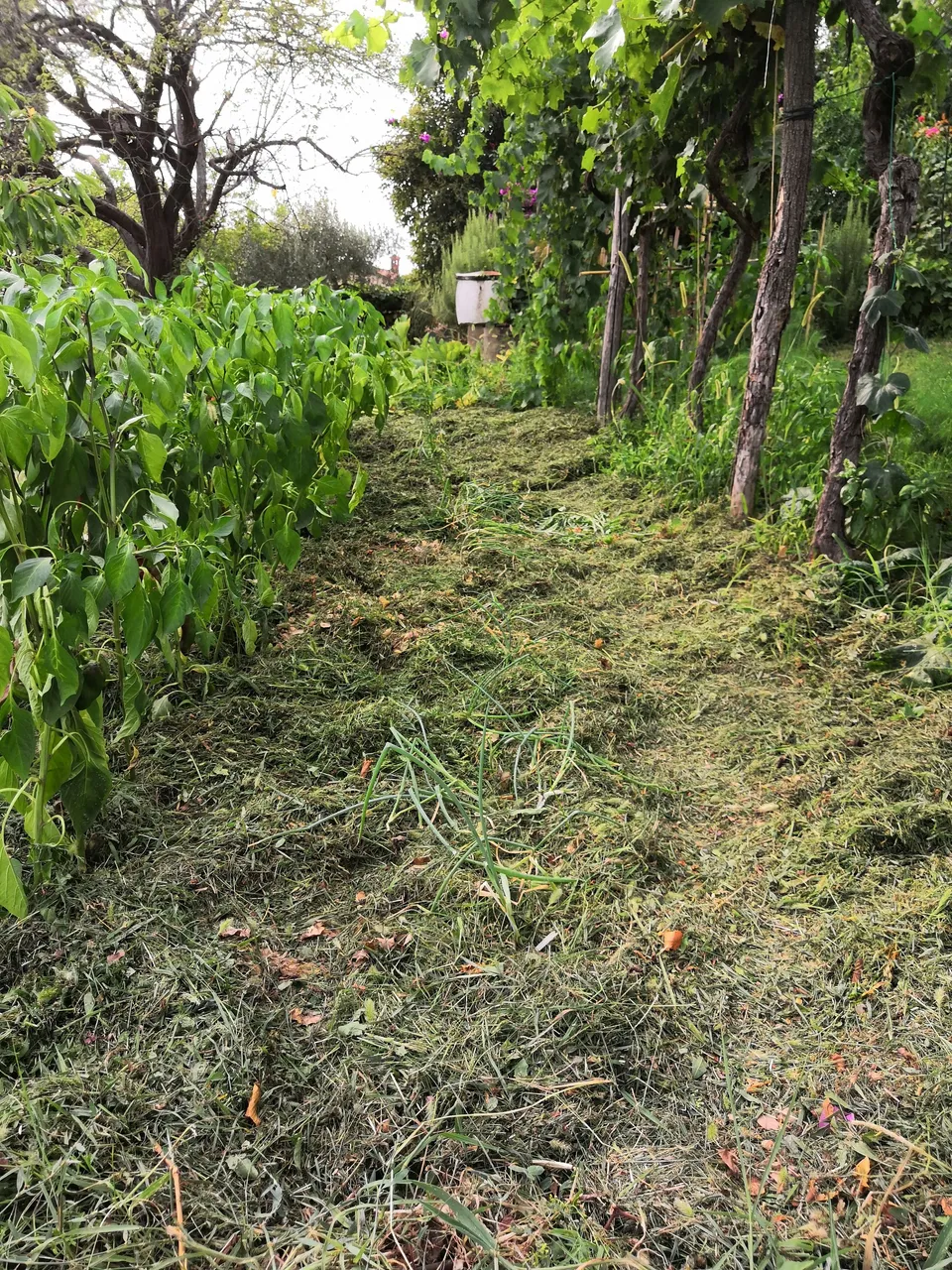Dear Hive Community,
"From soil to food"
This short phrase describes that soil plays a very big role in the cultivation of food.
In my opinion, soil is the most important aspect to produce healthy vegetables and fruits.
It is important to consider all aspects of the soil and to improve the soil in the long run. This is a process that takes years, especially if the soil you have was previously destroyed with chemicals, long fallow periods, and one-sided cultivation.
Soil is alive. There are millions of microorganisms, which have their habitat in there.
Of course, chemical parameters such as pH and nutrient content must also be considered, but it is the small organisms that make the soil a natural living thing. They bind nutrients inside the soil and keep everything required to grow vegetables in balance.
I have the feeling that this biological component is often neglected or even forgotten in the scientific approach, which focuses on very short time scales.
When you observe nature, you notice that there is never just bare soil. Nature ALWAYS covers the ground. At any time of the year and in any weather conditions. Whether in the forest with foliage or in the open space with all kinds of plants.
Here you can see an example of a light forest in the overview

And here you can see a close-up of the ground in this forest. The soil is completely covered with wood, foliage and plants


In today's agriculture, land often lies fallow, which means that, for example, crops are grown from March to October, and nothing is planted the rest of the year. Since herbicides/pesticides are applied, wild plants are also unable to establish themselves.
Here I would like to mention that organic farming is already better than conventional farming, because among other things, chemical products, etc. are avoided. But in my opinion too little attention is paid on the soil health. The „European organic farming“ seems to me more and more to become the new conventional. Since the demand is justifiably high, it is necessary to think economically and produce in large quantities. There are also mostly farmers with increasingly large fields, with large machines using a high degree of automation.
I hope you do not misunderstand me. Organic production is a good start and better than conventional production and automation is a smart and sensible way to save labour. Nevertheless, in my opinion, this is not enough.
Mixed cropping and permanent tillage of farmland are basic requirements for natural continuous soil life. Because this is the way that nature shows us it should be done. After trying it myself, it feels completely different. While conventional farmers often work “against” nature to keep everything tidy monocultures, permaculture feels like working with nature. It shows us the way. We must look and imitate it!
If the field lies fallow for many months in winter, then the soil cannot live. The microorganisms die because they can no longer find food and so the soil also dies. With microorganisms dying there is no ecosystem binding nutrients into the soil, refreshing them and keeping them in balance, but they are getting used up.
Therefore, my approach is that the primary focus is not to only take care of the plants, but to take care of the soil. A healthy soil will then automatically grow a healthy plant.
So how do I get a good soil?
First, I have to say, that it takes many years to wake up a dead soil and make it alive.
If we humans do nothing, then nature regenerates itself. Seeds are brought by wind or by animals and naturally something starts to grow.
However, since no one who wants to start a project of a natural garden wants to wait for 10 years, there are ways to speed up this process.
In my research and experience, soil improves particularly well within a few years by applying lots of organic matter, living or in the form of mulch. This increases water-holding capacity and attracts creatures that break up this organic matter, helping to maintain a loose humus-rich soil.
Depending on the original quality of the soil, there are plants that are easy for us to grow. Plants that are particularly suitable for increasing nitrogen in the soil are legumes. They can fix atmospheric nitrogen in symbiosis with Rhizobiaceae (specific type of bacteria) and bring it into the soil so that it is available for other plants. But also, other crops such as potatoes are suitable for loosening up compacted soil.
I would like to increase the amount of organic matter in my garden. I am doing this by applying a lot of mulch to the beds. Whenever I have grass clippings or other organic material available, I use it to improve my soil.
Here you can see how I mulched my first beds in spring. My first crop here was Kohlrabi.

In this picture you can see how I mulched a bed after it was harvested. In the next few days, I want plant Brussels sprouts in this field.

The most important thing is that the soil is covered. This allows nutrients and water to be kept and stored in the soil and preserves the ecosystem that keeps the soil healthy.
If you are interested in reading more about my journey, feel free to follow my blog here on hive. I would also be happy if you share some of your thoughts with me and other fellow readers in a comment. :)
